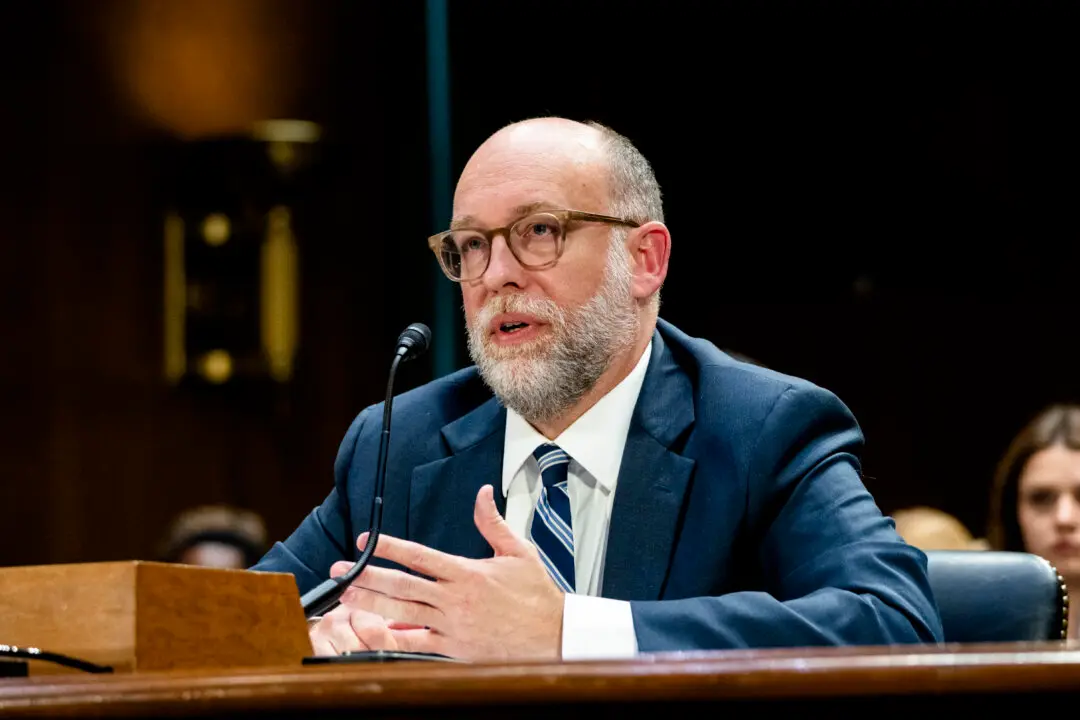WASHINGTON—U.S. job openings surged to record high levels this year as companies struggle to find people with the talents they need.
Today, there are more than 6 million vacant jobs that American workers are unable to fill—the highest level on record, according to the Bureau of Labor Statistics. Meanwhile, 6.8 million unemployed Americans are looking for jobs, and the labor force participation rate is 63 percent.





